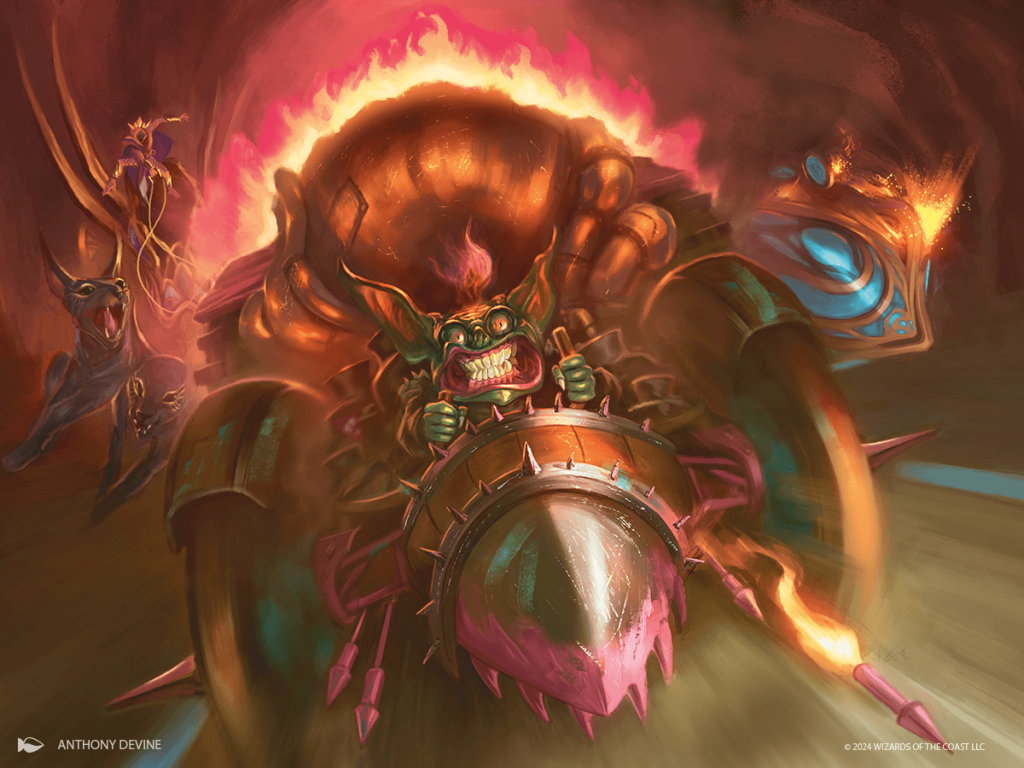
Drafting in Magic: The Gathering is one of the most exciting and skill-testing ways to play, requiring quick decision-making, format knowledge, and adaptability. Unlike constructed formats, where you bring a pre-built deck, drafting forces you to build a deck on the fly, balancing power, synergy, and flexibility.
Whether you’re a beginner looking to improve or a seasoned drafter aiming for a competitive edge, refining your drafting skills can dramatically boost your win rate. By understanding the format, recognizing signals, and making strategic picks, you can consistently build strong decks and outplay your opponents.
In this guide, we’ll explore key ways to improve your drafting abilities and take your Magic: the Gathering Limited game to the next level.
Improving your drafting skills in Magic: The Gathering takes a mix of strategy, knowledge, and practice. Here are some key ways to get better:
1. Know the Format
- Read set reviews and watch Limited guides to understand the strongest cards.
- Learn common archetypes and synergies in the draft format.
2. Draft with a Plan
- Avoid “picking the best card” aimlessly—draft with a deck strategy in mind.
- Stay flexible, but recognize when a strong archetype is open.
3. Master Card Evaluation
- Prioritize efficient removal, card advantage, and synergy over raw power.
- Consider curve and consistency—don’t overload on high-cost spells.
4. Recognize Signals
- Pay attention to what colors and strategies are open based on passed packs.
- If a powerful card in a color is still available late, that color may be underdrafted.
5. Improve Your Gameplay
- Learn to maximize resources, avoid unnecessary trades, and sequence plays optimally.
- Study Limited gameplay videos or rewatch your own matches to spot mistakes.
6. Draft Often & Review Your Decks
- The more you draft, the better you’ll recognize patterns and adapt strategies.
- After each draft, analyze your picks—what worked, what didn’t, and why.
Thanks for reading and until the next blog post.
